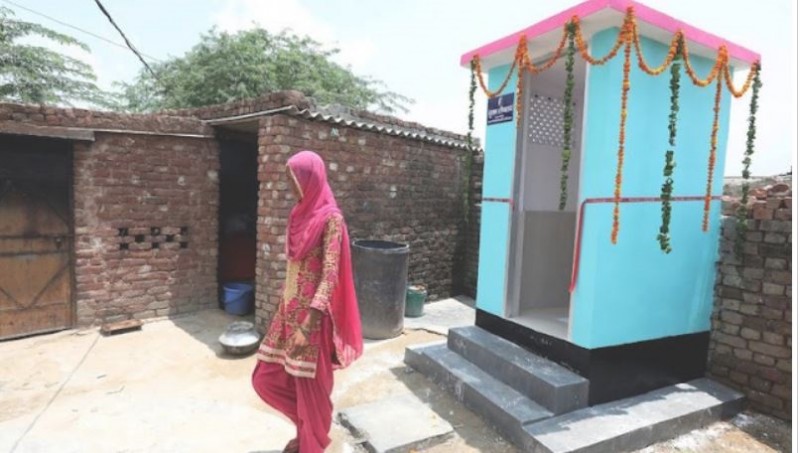
The Swachh Bharat Mission, India’s national cleanliness initiative, has been linked to a significant reduction in infant deaths, potentially saving 60,000 to 70,000 lives each year, according to a new study. This research, conducted by a team including experts from the International Food Policy Research Institute, examined data from surveys across 35 states and Union territories, covering over 600 districts over the past 20 years.
Published in the journal Scientific Reports, the study explored how increased access to toilets, driven by the Swachh Bharat Mission, affected infant and child mortality rates between 2000 and 2020. The findings indicate that a 10 percentage point increase in toilet access at the district level is associated with a decrease in infant death rates by 0.9 percentage points and a reduction in deaths among children under five by 1.1 percentage points.
Historically, the study notes, there has been an inverse relationship between toilet access and child mortality rates in India. When toilet coverage in a district increased by 30% or more, there were substantial reductions in both infant and child deaths.
The authors of the study estimate that this translates to saving approximately 60,000 to 70,000 infant lives annually, highlighting the significant impact of the Swachh Bharat Mission on public health. The results are consistent with global and South Asian research, which has shown that improved sanitation can reduce child mortality rates by 5-30%.
In addition to saving lives, increased access to toilets has provided broader benefits, such as enhancing women’s safety, lowering medical expenses, and improving overall quality of life. However, challenges remain. The study points out ongoing issues with inequality in toilet access due to caste and religion-based discrimination.
The authors stress the need for continued and equitable implementation of sanitation programs, noting that coercive measures and discrimination reported in some areas have hindered the effectiveness of the Swachh Bharat Mission and raised concerns about the sustainability of hygiene practices.
Launched on October 2, 2014, by the Government of India, the Swachh Bharat Mission aims to clean the country’s streets, roads, and infrastructure and eliminate open defecation in rural areas by providing toilet access to all households. As of July 2024, nearly 120 million toilets have been constructed across rural and urban India. The United Nations Department of Economic and Social Affairs reported in 2019 that 500 million people in 630,000 villages benefited from the initiative, with households in open defecation-free villages saving up to ₹50,000 annually, reflecting the campaign’s substantial impact.
The study underscores the transformative role of the Swachh Bharat Mission and highlights the importance of continuing similar initiatives to improve child health outcomes globally.
RBI Governor Shaktikanta Das Outlines Path to Achieving 'Developed India' Vision by 2047